November 24 - 30, 2013: Issue 138
PITTWATER MODEL YACHT CLUB
www.pmyc.org.au/Default.htm
Pittwater Model Yacht Club started over 10 years ago and has for the most part sailed in Crystal Bay near the Royal Prince Alfred yacht Club. Over the years the bay become cluttered with moorings and in this new season the club will be sailing from Rowland Reserve at Bayview. The club sails International One Metre radio controlled yachts. There are State, Australian and world championships for these, this year it was in Israel. Scott Berry (Blowfly Yachts) is a local manufacturer of these boats and he has exported quite a few to Japan and Bahrein as well as in Australia: his factory is in Mona Vale.
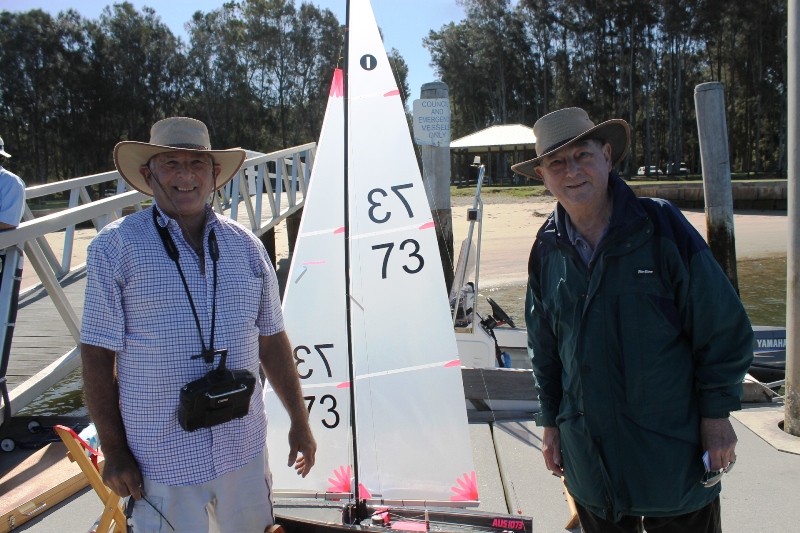
Philip and Colin, members- with Philip's Model Yacht
Radio sailing is a sport for both sexes and all ages from primary schoolkids to septuagenarians and wheelchair sailors: all can compete on even terms. The good thing about radio sailing is that we can still enjoy racing without the physical effort needed for full size boats, important for us older blokes. It is also a good sport for disabled people: being in a wheelchair is not a disadvantage.
In summer during daylight saving our club sails on Tuesday evenings with an official start time as above though there are usually members around from half to one hour before. Visitors are especially welcome. We have a break from Christmas until the first Tuesday after the January long weekend. In Autumn and Winter the start time is made earlier to suit the light. Twilight Series on Start Times are: October to March (Daylight Saving) 5.30 pm, April and September 4.30 pm, May and August 3.30 pm, June and July 3pm
We are somewhat diverse group ranging from people still in the workforce to retirees. All have, or still are, sailors of full size boats. Three of us have sea going cruising yachts and have used them extensively.
More about the boats
We sail International One Metre Radio controlled yachts. The IOMs, as they are called, are the most popular radio racing yachts in the world and also within Australia. There are state, national and world championships. To race in interclub and championship events the boats must be registered with the national body.
There is a huge variation in hull shapes and the boats very from home built one offs to commercially made boats from a number of different designers. Australian made boats are well thought of, with a number of local and world titles to their credit.
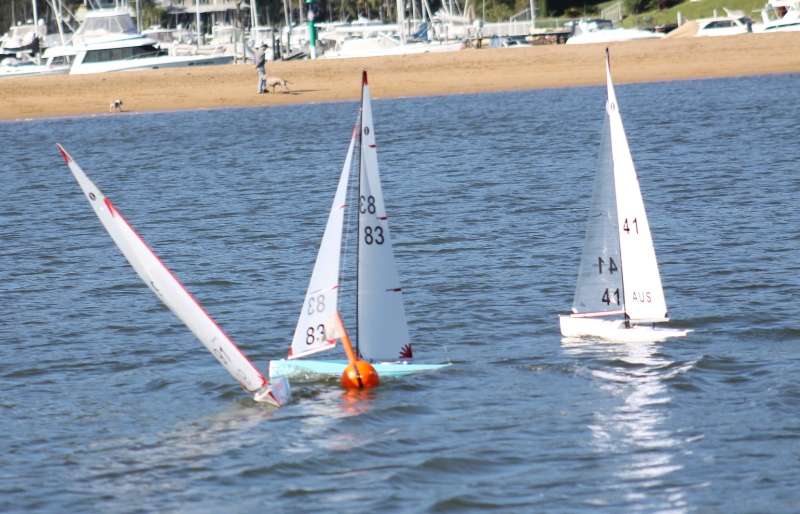
The rules allow wide latitude in the hull shapes: the only limits being overall length (1 metre) and a maximum hull draft of 60mm. The overall draft is limited to 440mm and there is a maximum keel + ballast bulb weight of 2.5kg with an overall minimum weight of 4kg.
By contrast the sails for each of the three rigs allowed are controlled by luff, leach and foot measurements plus quarter heights, and there are restrictions on spars. Radio controls are limited to one for sheeting and one for steering.
Most people have at least an A rig (the largest) and a B rig. C rig sailing is not common though the boats are tremendous fun in very strong winds and plane freely downwind.
Getting started
There are various ways of getting started on radio sailing. By far the best is to find your local club and go and see them racing. Most clubs will give you a try with a boat. The clubs and the classes they sail can be found on the Australian Radio Yachting website radiosailing.org.au. If you want to go further, then the best bet is to buy one of the classes sailed locally, preferably a second hand one until you get to know the ropes. Most clubs will help with assistance in making a choice.
If you are interested in our club, please come and see us: we will let you have a try at radio sailing to see how you like it.
Buying a kit boat or a commercial ready made boat from a hobby store is not recommended. There is not a lot of fun in having an “orphan” boat!
Radio sailing uses most of the same skills as full size racing. Using wind shifts, finding pressure, boat to boat tactics, buoy rounding and starting tactics all apply. The hardest part for beginners is to get used to being remote from the boat. When the boat is going away from you it is OK but when it is coming towards you or going at right angles to your field of view it is very easy to turn the wrong way. Most people can get their “head into the boat” after a couple of hours of “thumb time”, though some never have a problem.
The venue
We sail on Winnererremy Bay from Rowland Reserve near the boat ramps. The control area varies but is usually near the shelter between the ramps. Entry is from Pittwater Road and launching is from the pontoon. There is pay parking within the reserve or free parking via the next entrance along Pittwater Road going away from Mona Vale. Walking to the venue from the free parking is a couple of minutes.
For More information contact Colin Thorne (secretary) on cp.thorne@bigpond.com or telephone: 0407 590 839
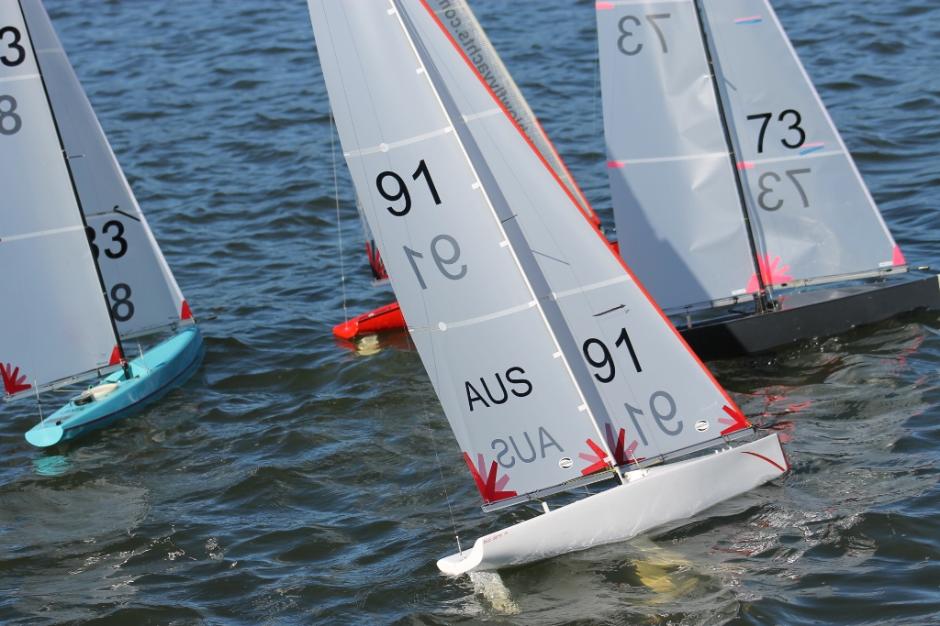
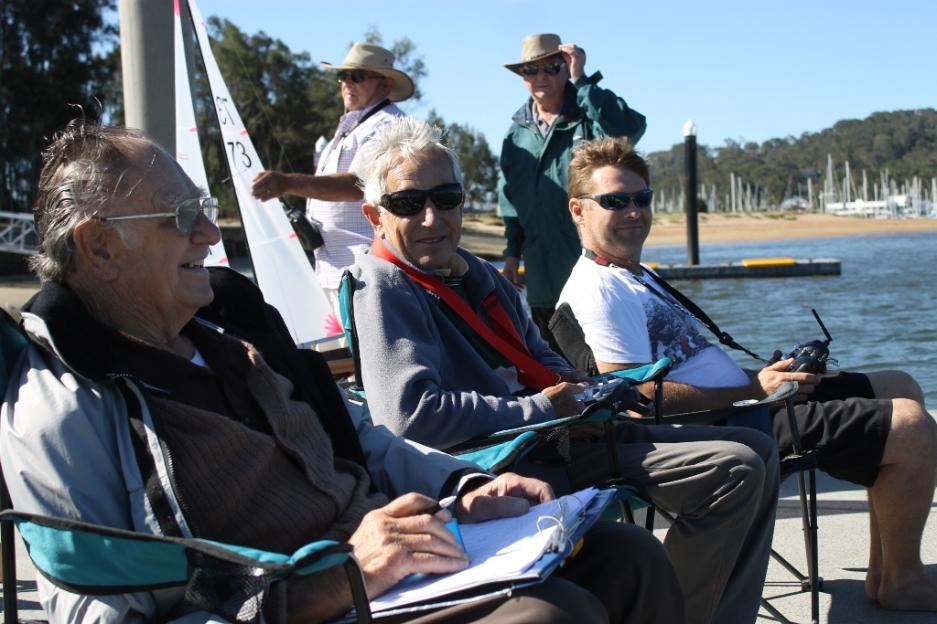
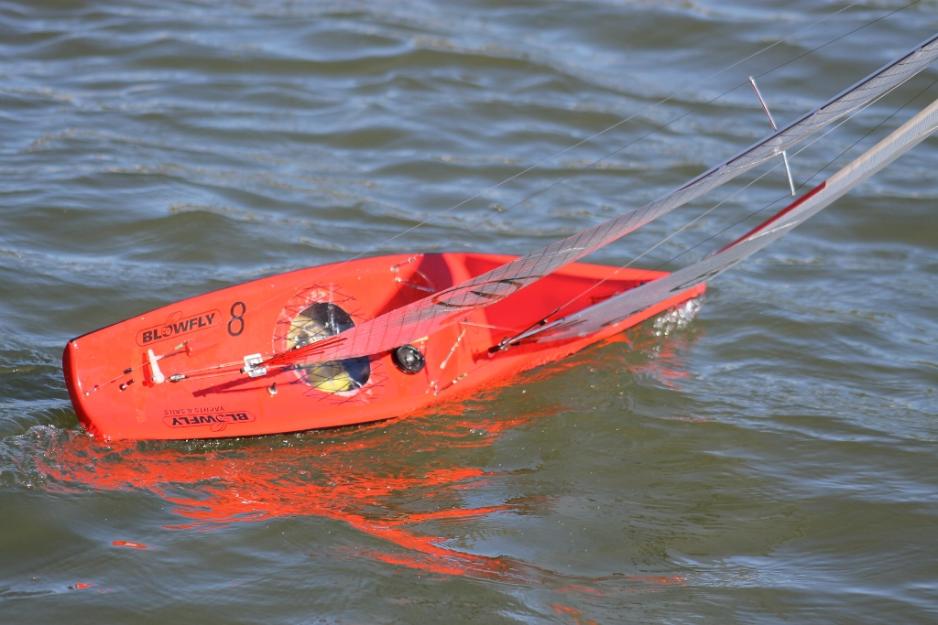
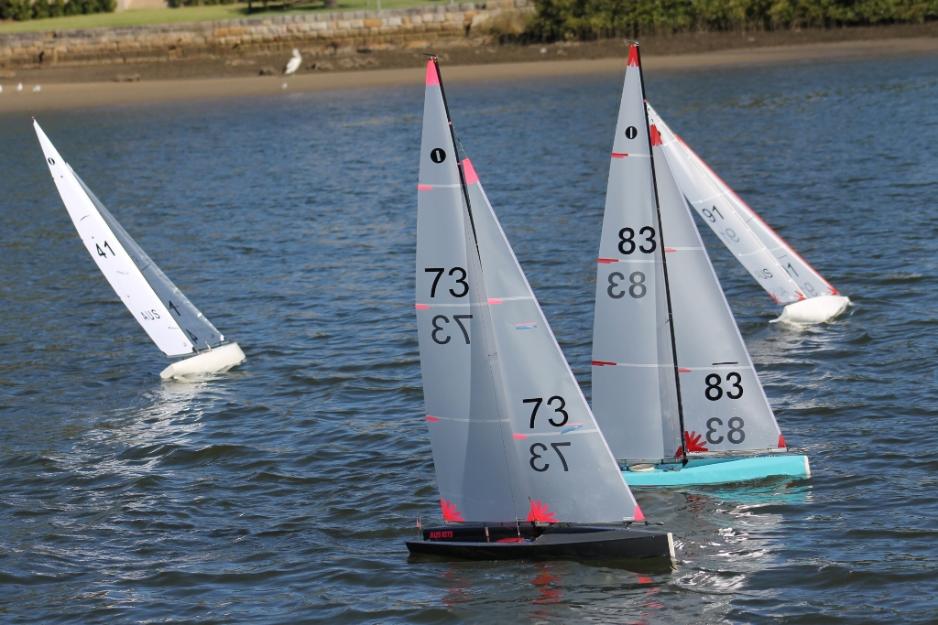
Copyright Pittwater Model Yacht Club, 2013.